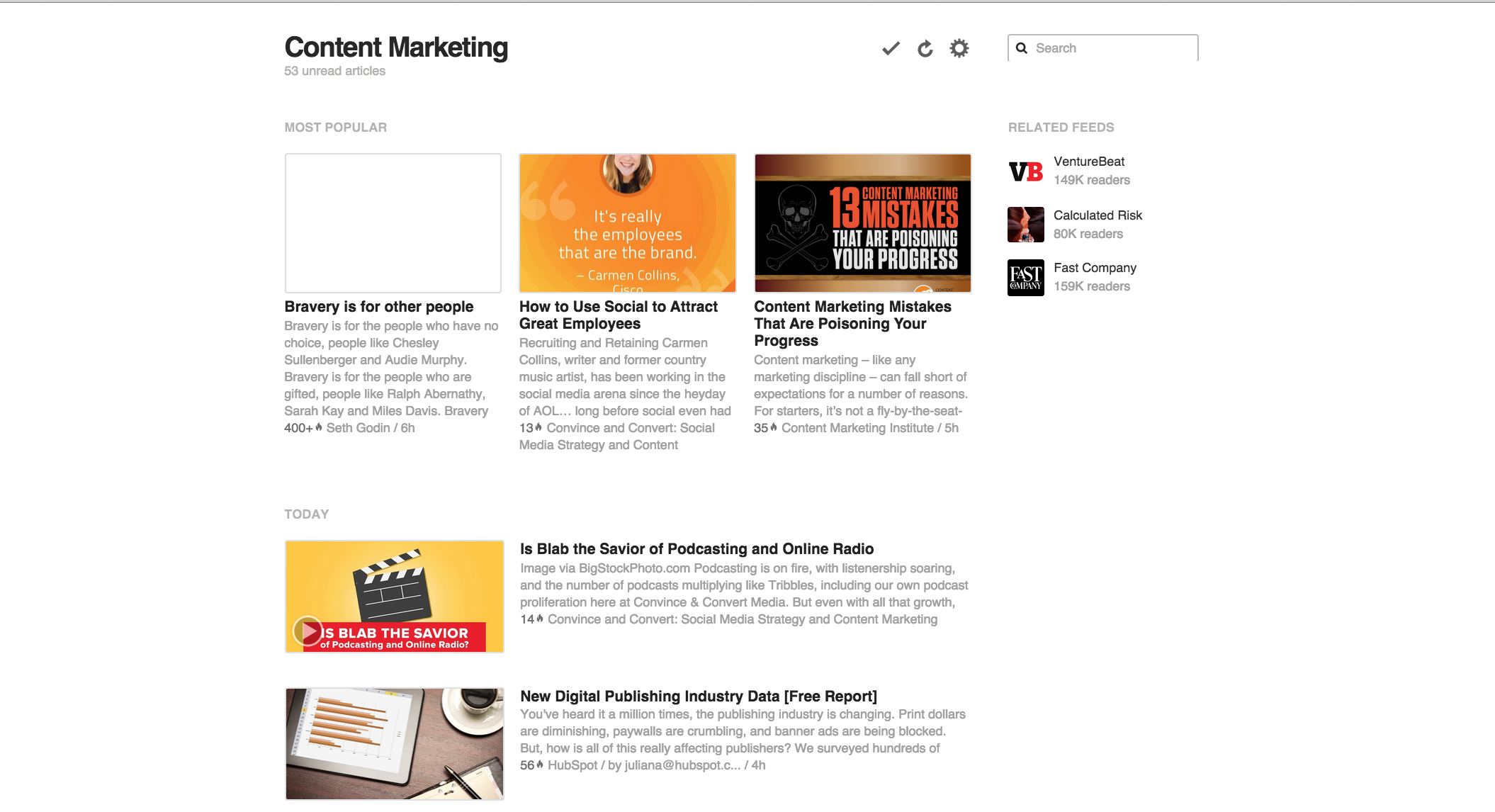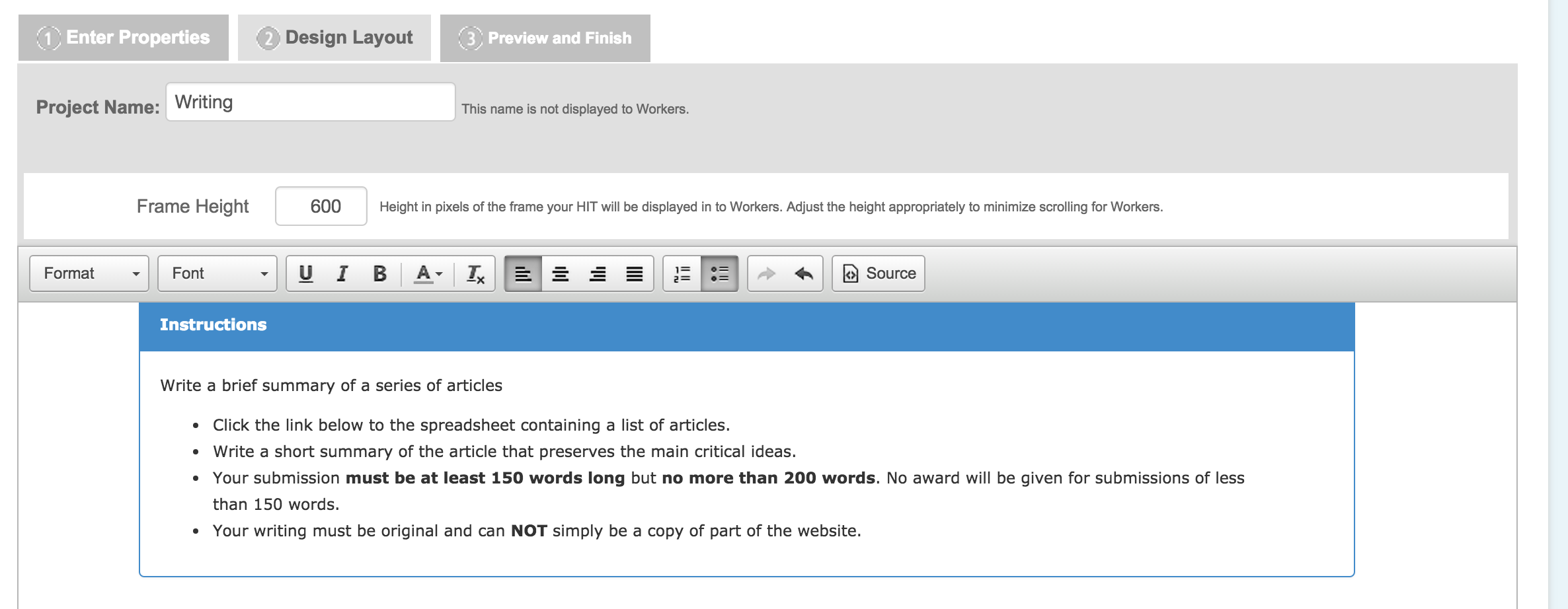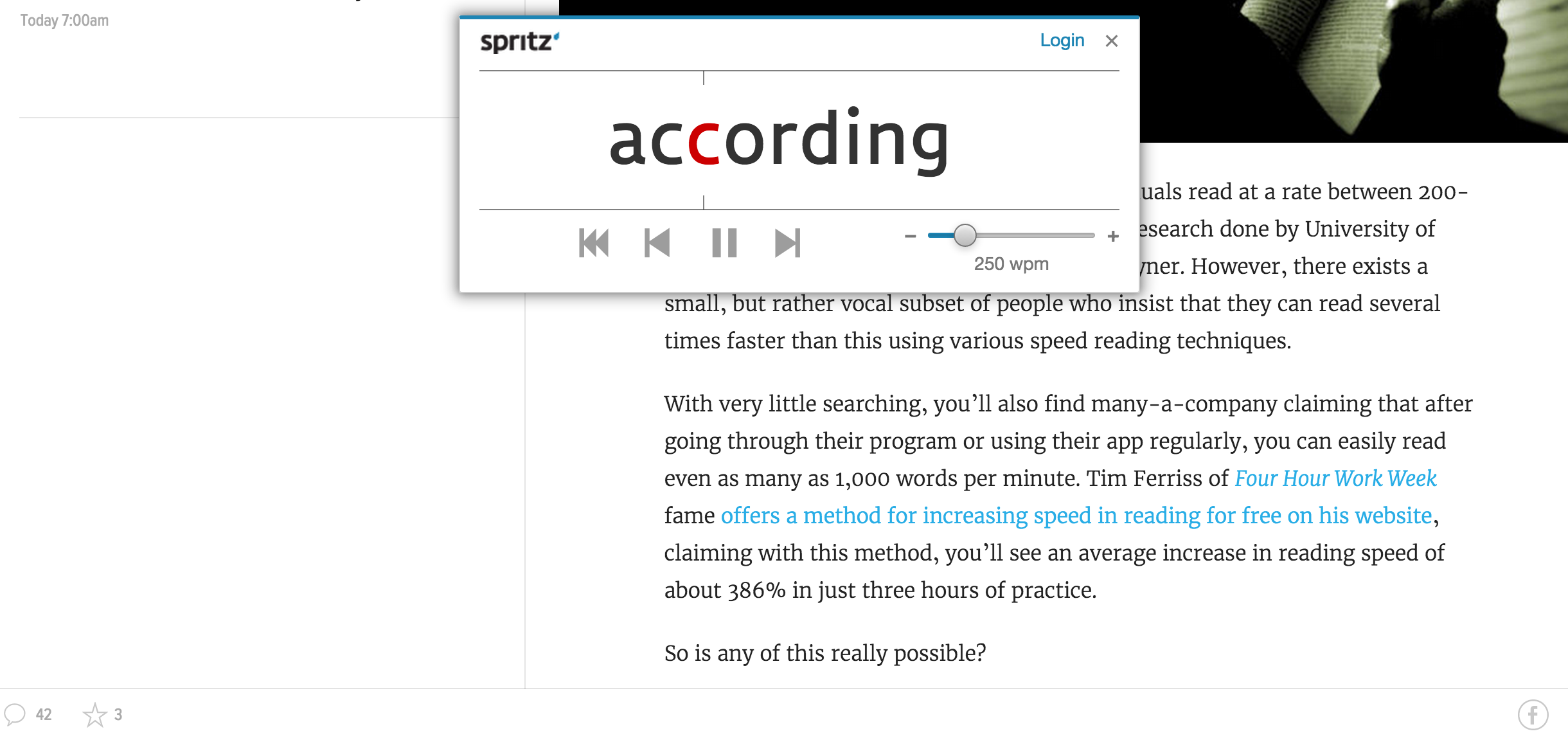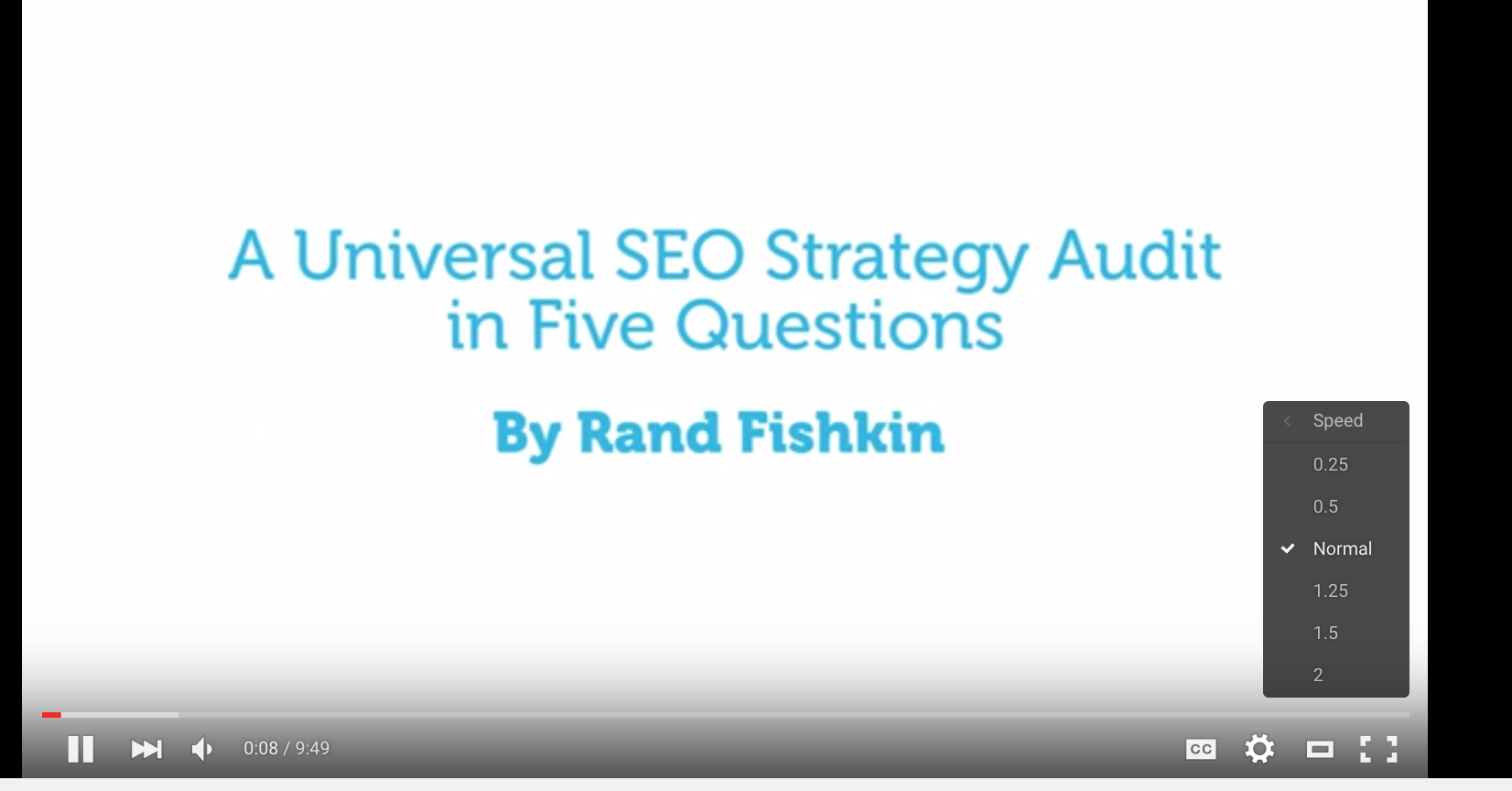
Creating content is hard enough, but unfortunately a good portion of the work that goes into making your content marketing successful doesn’t actually involve content creation.
So much time goes into researching, ideating, drafting, distributing and promoting your content that that one of the most important areas of content marketing (the actual creation of content) can often seem to get lost in the noise.
Learn these clever shortcuts to help you outsource, downsize and otherwise reduce time spent on the other aspects involved with a successful content marketing campaign.
Automate Research:
Recentely I showed you how to generate high-quality content ideas quickly and efficiently, but there’s still the matter of learning about all of these topics and familiarizing yourself with them enough to create quality content.
Any good piece of content begins with research and typically that means lots of sifting through sources and then reading and outlining them.
Sure, you could slog through the material, but there are ways of alleviating some of the effort and spending very little to save yourself quite a bit of time.
Feedly + Mechanical Turk = Automatic Summaries
There are tons of RSS readers and great sources of content curation out there, but in my book, the best far and away is Feedly.
In addition to allowing you to subscribe to publications, the service also allows you to group them by topic and by popularity.
Given the amount of users in Feedly’s platform, and their relatively sophisticated set of tools for gauging content popularity and quality; it is a great way to not only find content on a topic, but to evaluate which pieces of content will best suit your research needs.

The problem with researching though, is that even with a great tool like Feedly to find and then narrow down great resources, poring through mounds of articles and distilling key points takes lots of time.
What if there was a way to mitigate the time investment, and still not compromise depth and breadth of knowledge in the area you are covering?
Amazon Mechanical Turk is a beta product that operates as a task-based, freelancer market. While many such sites exist, what makes MT different is that the nature of the work is much smaller and one-off than most freelance gigs and the corresponding cost-per-task is therefore much less.
For example, in our case we can create an MT project that instructs those who might want to take the work to reference a spreadsheet where we save the Feedly articles we’d like to use to inform our content research and then summarize them in 150-200 words.
Assuming the average, in-depth article is between 1,500-2,000 words, this quick and easy (and relatively cheap) workaround can cut down your research time by a factor of ten. The image below is a screenshot of the task I have created to accomplish this.

Spritz = Speed Reading with Ease
While the MT+Feedly hack can work very well, there are always going to be bits of research so important that you want to read them cover-to-cover.
Although you will be reading these pieces of content in full, there still are ways to cut down on the amount of time you spend reading and maximize the time you spend creating.
Many of us with great reading comprehension, might not be reading as efficiently as we could. A host of studies regarding reading show that both inefficient scanning of words as well as sub-vocalization (mouthing the words to yourself) seriously cut down on reading speed.
There are a host of techniques to learn to avoid these common pitfalls, but in my experience, an online tool called Spritz can get your reading speed up by a factor of 1.5x with little to no training.
What the tool does is scan a page of .html text and then delivers the words at a set speed in a small pop-up window. This cuts down the amount of scanning you need to do and forces you to not sub-vocalize to keep up with the pace.

In addition, if the content you want to absorb is not written, but is video or audio, there are also tools with similar functions.
For YouTube videos, you can speed up playback up to 2x by clicking the gear icon at the bottom right and selecting “Playback Speed.” If you are listening to a podcast, you can download the great free player Overcast that will give you high-speed playback corrected for pitch change.

The combination of these various techniques can seriously cut down the amount of time you spend regularly researching and developing your content.
Outline Intelligently:
After amassing all of your research, you now have to start synthesizing your material into tangible insights.
Instead of simply starting to create content, the most commonly agreed upon best-practice is to outline first. However, the agreement stops there and the amount of conflicting tips on how to outline best are dizzying.
Because most of the readers of this blog are very familiar with social media, I’ve devised my own method for outlining that uses social media posts as a framework for thinking about the flow of a piece.
Outline by Creating Social Media Posts Firsts
This next piece of advice will probably seem very strange to some people, but I have found it to be oddly effective. Whereas social media posts are often seen as a final touch (or even a chore) I use social posts to build out the meat of my article.
The first thing I do is try and formulate the perfect, punchy headline and keep it to 100 characters or less. Exactly the same best practices as crafting the perfect tweet.
This not only forces me to be concise and get my point across, but also keeps the main focus of the content clear throughout.
Once I have that short headline, I then go and create a LinkedIn share post. These are ideally around 25 words long and will serve as the perfect opening statement for the piece. This serves to elaborate on the headline in a way that explains the article’s purpose and draws the reader in.
After completing this process for the overall post I reiterate for each successive section of the piece. Every time I create a punchy header that is ~100 characters long and then a 25 word summary of the piece. All the while I ask myself, are these posts/tweets that people would click/share? Asking this question holds me accountable for the impact of the piece on a granular level.
By the end of this process I not only have a coherent outline that makes applying my research much easier, but I also have a whole host of social posts in my quiver that I can shoot out to my fans to aid distribution of the content (more about that in the coming section).
Supercharge your Distribution:
Content workflow often gets clogged in the steps leading up to the creation of a piece, but certain obstacles also present themselves after a piece of content has already been created.
Equally as important as crafting quality content is getting the word out in a meaningful way. Oftentimes, this can be among the most time-consuming work content-creators do. The following pro-tips will help you cut through a lot of the tedious aspects of helping your ideas spread far and wide.
Google News Search + Mechanical Turk = Instant Press List
Mark Hayes over at the small agency RocketShp can take full credit for this clever trick to get an instant list of relevant industry bloggers to reach out to for help spreading your content.
The first step is to go to Google search, click “News”, go to “Search Tools,” choose “Blogs,” and then search for a relevant term that your content relates to.

Then you can take these Google search results and automatically convert them into a spreadsheet.
Finally (in a very similar fashion to our previous MT tip), you can upload this spreadsheet to Mechanical Turk and set the task to finding the relevant contact details for all of the reporters who wrote the relevant articles.
Armed with this long list of authors covering your beat, you can pitch them to aid distribution in a million different ways.
Whether it’s asking for a simple tweet-for-tweet when you each publish work or an inquiry about how you can get your post syndicated on their site, the opportunities are endless.
Also, the spray-and-pray nature of this work ensures that even with a small response rate, you’ll still get plenty of traction.
Repurpose Your Research and Outline Into Complementary Content
If you followed the tips from the first two sections, chances are you’ll have quite a bit of leftover content lying around after you’ve arrived at your finished piece. Since this content helped create the final piece, it will be intimately related and can be repurposed into complementary content to help drive traffic to the main attraction.
All of the article summaries you went through in your research can easily be added to an email newsletter you send out or can be repurposed into a Google+ post.
Then all of the material you created to outline your piece can each be utilized as a standalone series of Twitter/LinkedIn/Facebook posts to drive even more traffic to the piece.
The more you put into your piece initially, the more you’ll have to work with when it comes time to promote it. What is really key is that you don’t waste any potential resource you have at your disposal.
Concluding Thoughts
As your workflow becomes more refined, all of these separate elements will begin falling into place quickly. The beauty of all the techniques I’ve highlighted so far is how easy they are to at least semi-automate.
Establishing processes to get things done quickly and efficiently will not only free up your time to do more work, but will provide more opportunities to think creatively when it comes to creating and distributing worthwhile content for your business.
Far from being an absolute prescription, the tactics I’ve proposed here are much more to illustrate the proper state of mind to inhabit when looking to optimize your workflow.
Isolate the main points where you are spending a lot of time, ask yourself if this work can be done cheaply and efficiently by someone else, and then ruthlessly cut all but the essential from your working time.
Share any time-saving tricks you’ve come up with for content marketing in the comments below.


